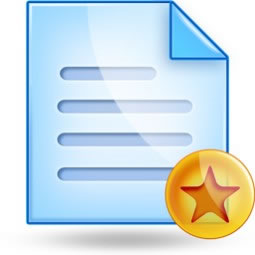Week 3 - Producers, Consumers, Decomposers, Food Chains and Webs, and The Water Cycle
Completion requirements
Week 3 - Producers, Consumers, Decomposers, Food Chains and Webs, and The Water Cycle
Lesson 3


Activity 04 - LESSON 3: Food Webs
|
ACTIVITY : Food Webs A community of organisms may contain hundreds of different species. Each species can be involved in numerous food chains. Therefore each food chain can be interconnected with other food chains to produce a larger network, called a food web. Food webs can grow to be extremely complicated. Going back to the temperate forest, if you were to combine all the food chains in that ecosystem you would produce a food web.  What would happen if an organism is removed from the food web? Creating a Food Web Materials: String, or thread. List of organisms:
1. On the labels or masking tape, write the name of each of the organisms from the list above. Stick these to the head of the tacks. Planning. Think how you will place the tacks on the board to create a food web. Place the producers near the middle of the board. You may wish to use a pen and paper to make a quick food web. 2. Place the tacks on the cardboard, starting with the producers, then place the first order consumers and the decomposers on next and finally the secondary and tertiary consumers. 3. Now attach a string or thread to create a food chain. Make sure that you wrap the string around the tack several times with each connections. 4. Once you have your picture done, make a sketch of how it looks and put it in the student Response area. 5. Now imagine that a farmer near by sprays his field to get rid of the wild grass. It is a windy day and the herbicide blows into your ecosystem. All the wild grass dies. 6. Using a pair of scissors, cut all the connections to the wild grass. Make the cut as close to the grass as possible. Remove the wild grass tack. Now try to find a replacement for your organism by tying the string to another producer that the organism may eat. If the string is too short to reach another producer then leave the string limp on the board. 7. Now check each first order consumer (or herbivore) and make sure that there is a producer attached to them at some point in the web. If not then you must cut the connections to that first order consumer. Now try to find new connections for any string that you have cut. Remove the tacks of any first order consumers that do not have another source of food. 8. Continue to check the second order consumers and tertiary consumers. Then check the decomposers. |
||||||||||||||||||||
Picture and Photos:( For specific picture reference view page source.)
Copyright The Essentials Clip Art CD, MaGlas-l.gif, Copyright Dave Taylor's Wildlife Reference Library

